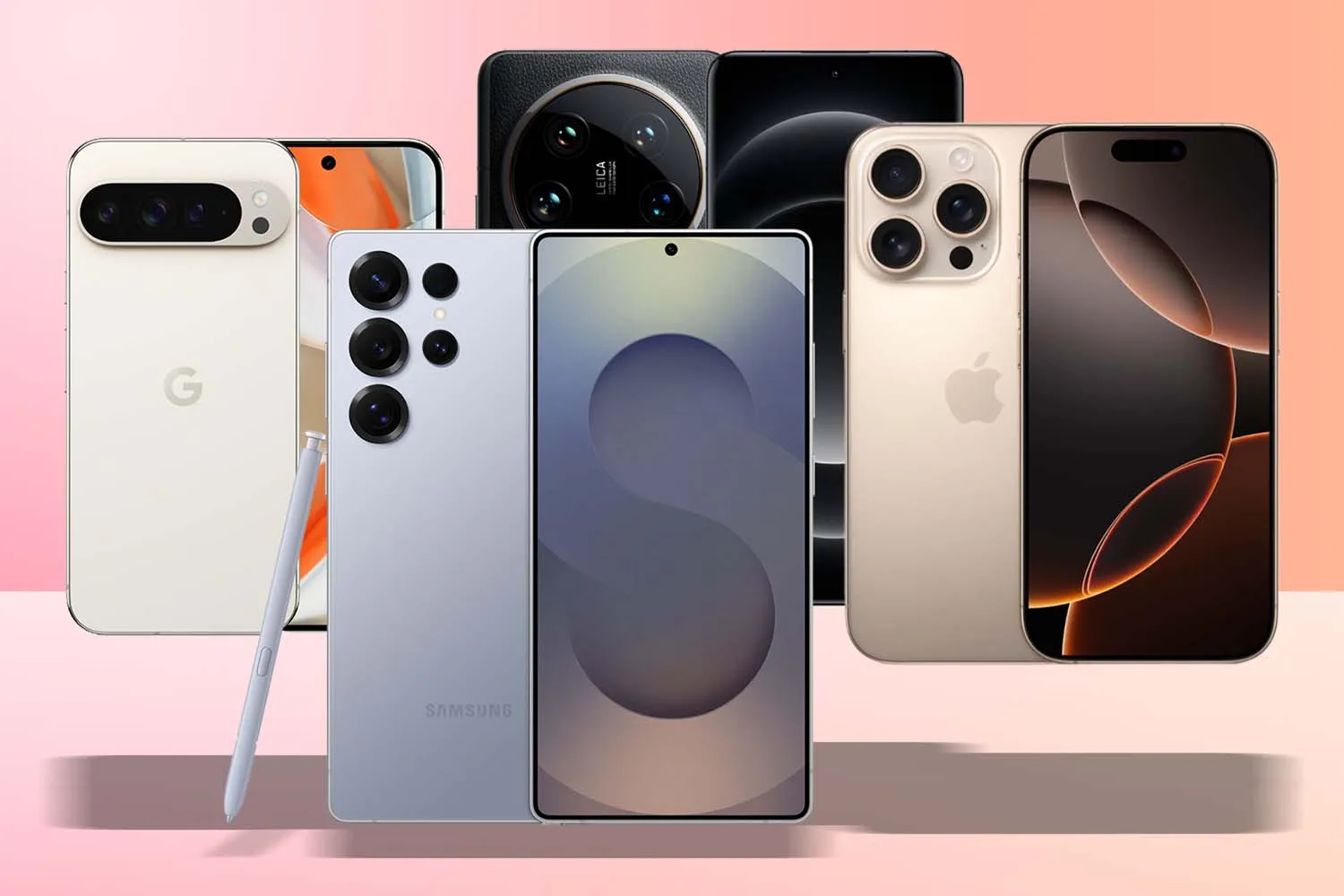Have you ever noticed your phone getting uncomfortably hot? While some warmth is normal, excessive heat can affect performance and even cause damage. Knowing why phones overheat and how to prevent it can help you extend your device’s lifespan and avoid potential issues.
Let’s dive into some common reasons why phones overheat and effective ways to keep them cool.
Why Do Phones Overheat?
1. Heavy App Usage
Running multiple or high-performance apps, like games, video streaming, or graphic-intensive applications, can push your phone’s processor to work harder. This increased load generates heat, which can quickly build up if these apps are used for prolonged periods.
2. Background Processes
Many apps continue to work in the background, consuming memory and processor power even when you’re not actively using them. Background processes, like app updates, location tracking, and notifications, all contribute to your phone’s temperature.
3. Environmental Factors
External heat sources, such as direct sunlight, can cause your phone to overheat. Leaving your phone in a hot car, under direct sunlight, or near other heat-emitting devices can raise its temperature significantly.
4. Faulty Battery
An aging or damaged battery can struggle to keep up with power demands, leading to overheating. Over time, batteries lose their efficiency, causing them to heat up more than usual. If your phone consistently overheats, the battery replacement might be needed.
5. Poor Ventilation in Phone Cases
Thick or insulated phone cases can trap heat, limiting your phone’s ability to cool itself down. Although phone cases provide protection, they can also restrict airflow, which increases the risk of overheating, especially during heavy use.
6. Software Glitches or Outdated Software
Sometimes, software bugs or glitches can cause processes to consume more power than necessary, creating extra heat. Also, outdated software can make your phone less efficient, causing it to run hotter than it should.
7. Charging While Using the Phone
Using your phone while charging can also lead to overheating, as both charging and app usage require power. This is especially common with fast-charging adapters, as they generate more heat.
How to Diagnose Overheating Problems
If you’re unsure why your phone is overheating, try these troubleshooting steps:
- Pay attention to the types of apps you’re using and how long you’re using them. Apps with high graphic demands, like gaming or video streaming apps, are more likely to cause overheating.
- Some smartphones allow you to check the health of the battery in the settings. If your battery is degraded, it may need replacement.
- Remove the phone case temporarily to see if it makes a difference. If your phone cools down without the case, it may be restricting airflow.
- Go into your settings to see which apps are consuming the most battery and processor power. Closing unused apps can reduce heat.
Solutions to Prevent and Fix Overheating
1. Limit Intensive Apps Usage
Reducing the time spent on high-performance apps can help keep your phone cool. Try taking breaks between gaming sessions or video streaming to give the device a rest.
2. Close Background Apps
To prevent overheating, close apps running in the background when they’re not needed. Regularly clearing your recent apps or using your phone’s task manager can help reduce unnecessary processor load.
3. Remove the Phone Case Temporarily
If you’re in a warm environment or using intensive apps, removing your phone case can help with cooling. Just remember to place your phone on a stable, safe surface if you do this.
4. Lower Brightness and Turn Off Unnecessary Features
High screen brightness, GPS, Bluetooth, and other features consume power and add to the phone’s heat. Lowering the brightness and turning off unnecessary features can reduce the load on your phone’s processor.
5. Charge Responsibly
Avoid charging your phone while using heavy apps. Also, use a certified charger, as uncertified or third-party chargers can cause excessive heat. If possible, charge your phone on a flat, cool surface.
6. Update Software Regularly
Keeping your phone’s software up-to-date ensures you’re benefiting from the latest bug fixes and performance optimizations. Check for updates frequently and install them as soon as they’re available.
7. Avoid Direct Sunlight
Keep your phone out of direct sunlight and away from other heat sources. If you’re outside on a hot day, keep your phone in the shade or store it in a cooler area.
8. Use Airplane Mode or Low Power Mode
Enabling Airplane Mode or Low Power Mode can reduce processor load, helping your phone cool down. Airplane Mode turns off wireless connections, which reduces the power demand.
9. Consider Battery Replacement
If your phone is older and consistently overheating, it may be time to replace the battery. Many phone models allow battery replacements, and this simple step can often solve overheating problems.
Final Thoughts
Phone overheating is a common issue but can often be managed with a few simple habits. By understanding the causes, implementing these preventative measures, and using phone diagnostic software, you can enjoy a cooler, better-performing phone. Regularly maintaining your phone and monitoring its usage can go a long way in preventing future overheating problems.



